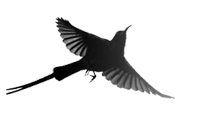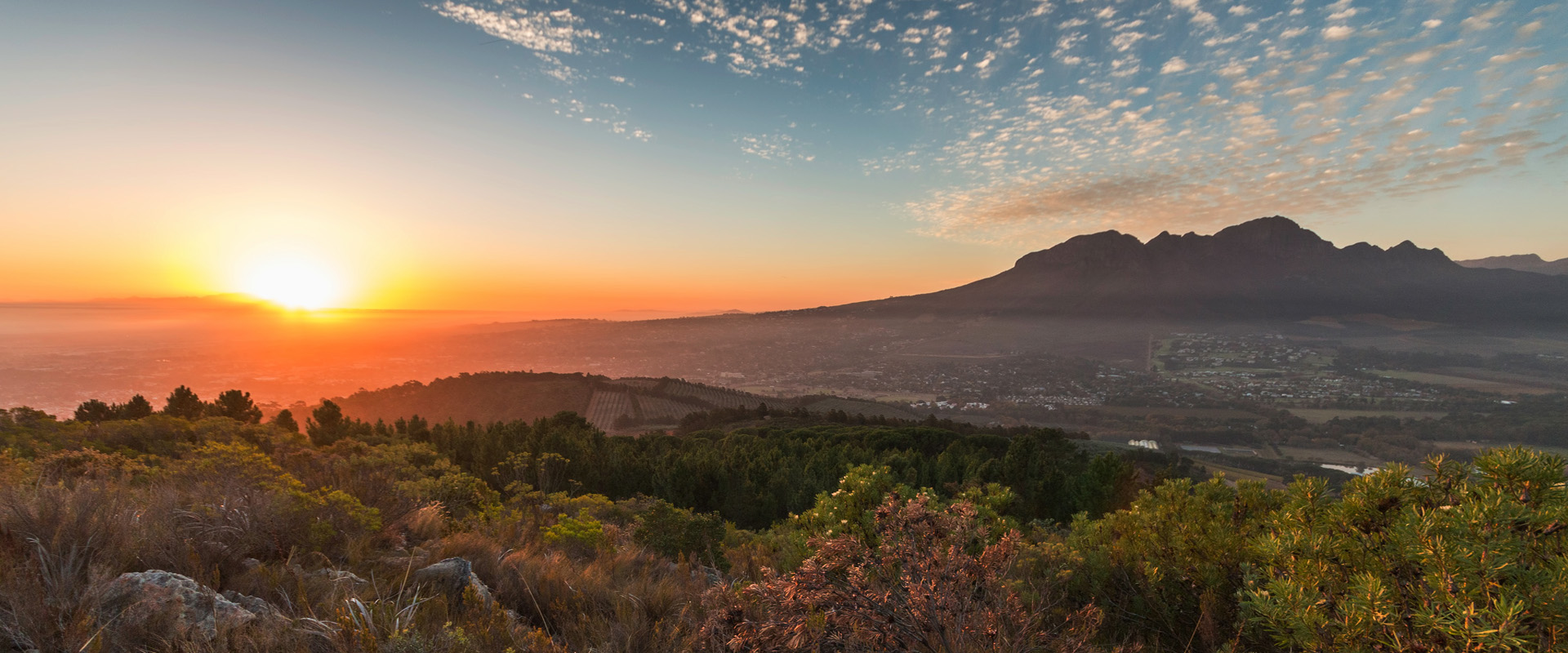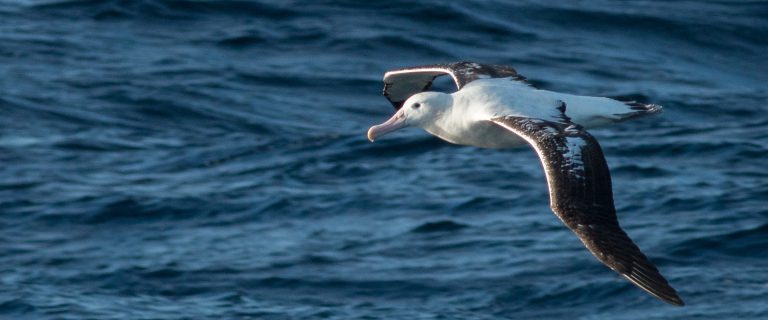Garden Route Birding – Day 1 & 2
Introduction
This blog entry is likely to be a bit longer than my other entries, both in terms of words and images. I’ll do my best to keep things concise, while ensuring to cover the various aspects of the trip. In summary, I was given the opportunity to go stay in the Garden Route (Sedgefield) for a few days with Monique and her family. The idea was that we’d spend the days there driving around and seeing what new birds we could find. Neither of us had birded in the area before and we were thus itching to get out in the field. Personally, I was leaving home with my Western Cape list on 296 species and dying to know which my 300th provincial species would be. I also had made it public on Facebook about a year ago that when I reach 300, I’d get a tattoo of whichever bird the 300th was.
Skip To:
George
Wilderness
Sedgefield
Plettenberg Bay
Nature’s Valley
Rondevlei Part 2
Day 1 – Departure and Arrival
Monday morning started off cool, and dark given that we were beginning our trip at 05:30 in the morning. By 05:45 I had picked Monique up from home, and we had packed the car, with our cameras close to us for easy access. By the time the sun began to fight off the clouds to shed light on the land, we were already near Caledon which allowed us to get a few quick snaps of the sunrise as the light filtered through the heavy clouds above. Both of us were not feeling great (which is mentioned with reason).

After several hours on the road, through the massive expanse of farmlands that is the Overberg, we began to reach some of the smaller towns on route to our destination. We didn’t stop much along the way but did make a pit stop at Riversdale.
Our next stop would be George, where our trip took a bit of an unexpected delay…
George
Unfortunately our visit to George changed in reasoning. Initially we were supposed to meet with Marco Gous who would be trying to get us in touch with some birds around the area, but he fell sick the night before and had to cancel. The topic of illness didn’t stop there though, Monique had been complaining of symptoms that required a doctors checkup so we made a stop over at George Mediclinic Hospital, where the staff were unbelievably friendly. Within going into too much detail here, some IV medication, 3 hours and a lot of pharmaceutical scrips later we were out of there and back onto our mission — birds!

Neither of us really knew where we could bird in George, but at least wanted to see what we could find. We navigated through small suburban streets, aimlessly heading in any which direction, until we finally came to a dead end of a road which had a small forest trail entry at the end of it. We explored the forest which lead us to an old train track line, the sounds of birds were few but there were some echos coming from the tops of the trees.
Our first real sighting though came when we were back at the car as a Greater Double Collared Sunbird sat and fed in a nearby bush. It may not be an exciting bird for myself, but it was a lifer for Monique and as any birder who has a partner engaged in the activity, their list sort of becomes a personal investment of yourself too. With every tick they achieve, you gain a sense of fulfillment.

As we left George, we noticed two large raptors on the side of the road. I quickly pulled over off the N2 highway and grabbed which shots I could. Luckily the birds were actually converging in a nearby Pine Tree, allowing for better views. The two birds were in fact a couple of Long-Crested Eagles, which have been known to have been recorded in the George area over the past few years.
Wilderness
We then moved on towards Sedgefield way, but not before making a stop at Rondevlei in the Wilderness in an attempt to find the Black Herons which have been reported at the channel between Langvlei and Rondevlei over the past two weeks. We turned off the N2 and towards the location, and was soon met with an always pleasant jaw-shattering gravel road, which went on for a couple kilometers. About half way through the process, we took a short break to allow our brains to sink back into your original positions, while standing outside the car listening and looking for other bird life. Suddenly a flash of red out the corner of our now almost-functioning-again eyes. A Knysna Turaco! We quickly fired off some shots before it disappeared into a bush along the road side. Not bad views for my first ever sighting of the species, and even though I was fully aware of what the bird looked like through illustration and images on my computer, it always pales in comparison to the real thing. This would also become 297 on my Western Cape list.



A Brown Hooded Kingfisher in perfect lighting also played model for a few seconds, though disappeared as soon as Monique pointed her lens in its direction. My life behind my 400mm has been excellent practice should we ever find ourselves flung back in time back to the era where a quick draw and shot is a useful talent. There were also numerous Streaky-Headed Seedeaters present along both sides of the gravel road, specifically near the channel.
Our visit to the channel turned up empty (the first of 5 attempts), but we then went through to the Rondevlei Bird Hide which was also located along the gravel road mentioned above. The hide is a short walk from the parking area, and provides a view of reeds on each side of the hide, as well some perches which attract the likes of Kingfishers, as well as larger birds like Reed Cormorants and African Darter. Scarcer species such as African Rail and recently Painted Snipe have also been recorded here.
Monique then asks, in a voice that sounded set for disappointment:
“What’s that?”, as she pointed to the left of the hide.
It was a Red-Necked Spurfowl, not a rare species for the area by any means, but Western Cape bird 298 for me. Thank God it came when it did, because as much as I can appreciate it — I don’t know how thrilled I’d be to have a Spurfowl tattooed on myself.



We got some great views of a couple of Pied Kingfishers here, one of which had caught a fish which relative to its size was quite large. It was struggling to get the thing down and spent a good 15 minutes bashing it every which way on the perch. Even at the point where it thought it had battered its food up to an edible point, he seemed to still struggle to swallow it.
Sedgefield
After our visit to Rondevlei we headed through to Lake Pleasant, where we’d be camping for our 3 night stay. The camp site is excellent, and extremely well maintained. Despite it being school holidays, it was still relatively quiet and we had quite a bit of our own space. The birding inside the resort is also good with a few decent sightings during our stay. The first noteworthy bird was in fact a Black-Bellied Starling which was feeding, with several others just a few meters from our tent.

We would spend the rest of the afternoon setting up camp, before rushing out again later to attempt to photograph what was setting up to be a great sunset.
Initially I had hoped to head through to Knysna, but had left it a little late. So our opportunities were limited. I ended up stopping along the bridge just outside Sedgefield and trying my best to find some compositions in an otherwise very hard to shoot location. Even though I couldn’t end up with any views I was particularly happy with, there were a few that I feel were decent giving the circumstances.


Day 2 – A Lot of Birding
We started day 2 bright and early! We were up before 05:00 and on the road shortly after waking. Reason for our early start was that we were headed east to attempt to twitch the Sooty Falcon at the Emily Moon Resort in Plettenberg Bay. The Sooty Falcon is a bird that I have been wanting to twitch ever since the initial records came out during its first visit. The bird returns to the same spot each year, despite being way out of range. Of course, a 1000km round trip from Somerset West has always been a little rich for my petrol tank.
Our goal was then to head to Nature’s Valley after Plettenberg Bay, as we had quite a list of target birds which had quite encouraging reporting rates within the pentads for the area. The main target species for the day were: Sooty Falcon, Collared Sunbird, African Black-Headed Oriole, Olive Bushshrike, Chorister Robin, Starred Robin, Narina Trogon, Knysna Woodpecker and Green Wood Hoopoe.
Plettenberg Bay – Emily Moon
Despite getting a little lost at the entrance to Emily Moon, we eventually got to the parking lot before sunrise. We started scanning every tree in the parking lot, there were several dead looking Pines, so ‘dead tree’ description was making it tougher than I’d thought. We continued to scan as the sun rose above the horizon, setting fire to the clouds that stretched across the sky. The still waters below us reflected the light of the sunrise and even though we hadn’t seen our Sooty Falcon yet, at least we were being given a show.

While not the Falcon, there was some excitement when a Black-Headed Oriole landed in a tree near us, becoming my 299th Western Cape species. A few seconds later, Monique once again chipped in with a “What’s that?!”


I looked up into the sky and saw the unmistakable silhouette of a Falcon as it landed in the Pine Tree on our left. The bird had decided to come to us! Not only was this a massive bird for me to see, but it also became my 300th species! Our moods quickly swing from dejected and defeated to elated, as the early morning sunlight albeit behind some cloud, began to light the bird up a bit. Giving us some really decent views.
Nature’s Valley
Once we had gotten our views of the Sooty Falcon we made our way further east towards the Tsitsikama Forest and into Nature’s Valley. Our biggest target here may not have been anything specifically special, but we really wanted to get the Collared Sunbird, a species I wasn’t aware was available within the province. We drove around for a while, before stopping at the ‘lagoon’ and taking a short walk on the beaches. A Knysna Warbler could be heard calling from within an area of thick forest nearby, but with no sightings on the bird available.


From the beach, I took in the scenery, with the vast forested areas and rough seas breaking below the rocky cliff faces that lined parts of the coast.
Once we were done near the ocean, we made our way through the small streets admiring the amazing houses present in Nature’s Valley. Some wood cabins that span several stories, built into the forest itself. We also kept an eye out for what birds could be in the gardens. It wasn’t long before we had a Chorister Robin (301 on the provincial list) pop up and offer us some short lived views. Next up was the beautiful Collared Sunbird! 302 on the list, and what an amazingly beautiful Sunbird too. Larger than the Orange Breasted Sunbird we are used to down in the SW Cape.


We then drove through to the Nature’s Valley Rest Camp where we watched the Knysna Turacos flying across the road between the bushes, as well as getting more views on some Collared Sunbirds. Hoping for the chance at a Half-Collared Kingfisher, we sat down by the small river near the camp and scanned the area. While doing so, we had a Woodpecker come from behind us, fly directly over our shoulders and into the bush on the other side of the river. Our views were extremely limited and it may have been a Knysna Woodpecker, but we’ll never know!



Rondevlei Part 2
After finishing our trip in Nature’s Valley, we headed back to the Rondevlei hide and the channel, where we once again turned around empty handed without the Black Herons. About 15 minutes after arriving back in Sedgefield, Trevor let us know that the birds were once again just picked up at the channel. We rushed back, another 20 kilometers or so. Only to end up empty handed again, we met the individual who had just seen and reported them, and said that they had been flushed when he was there, but did give us some useful information for our next attempt.



This concludes the first two days of the Garden Route trip… Stay tuned for the 3rd day, which saw even more excitement going down!











2 Comments